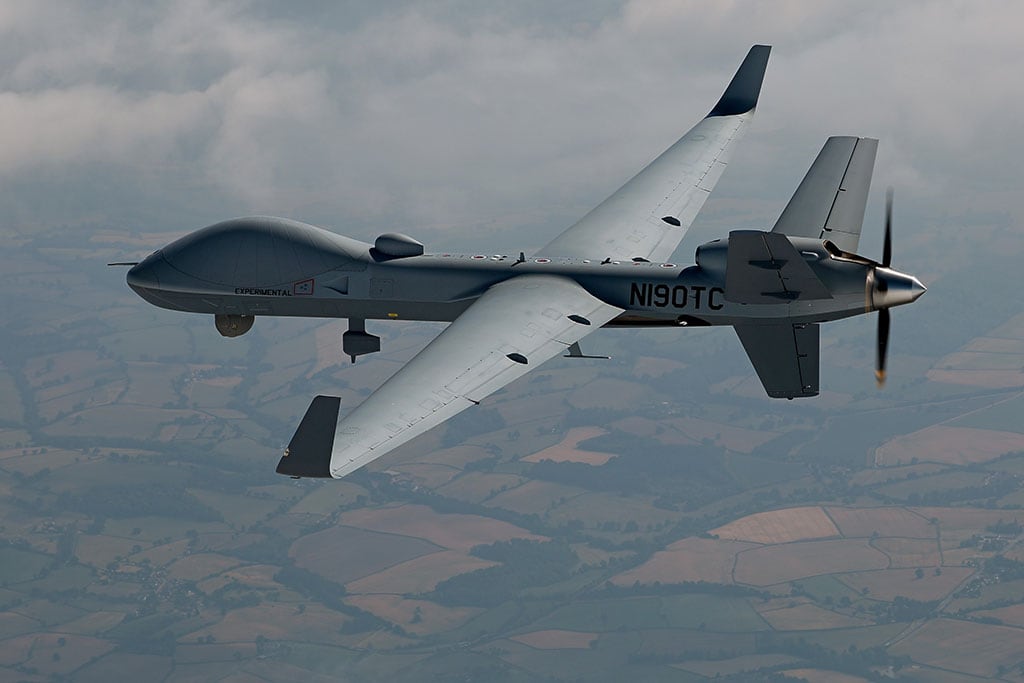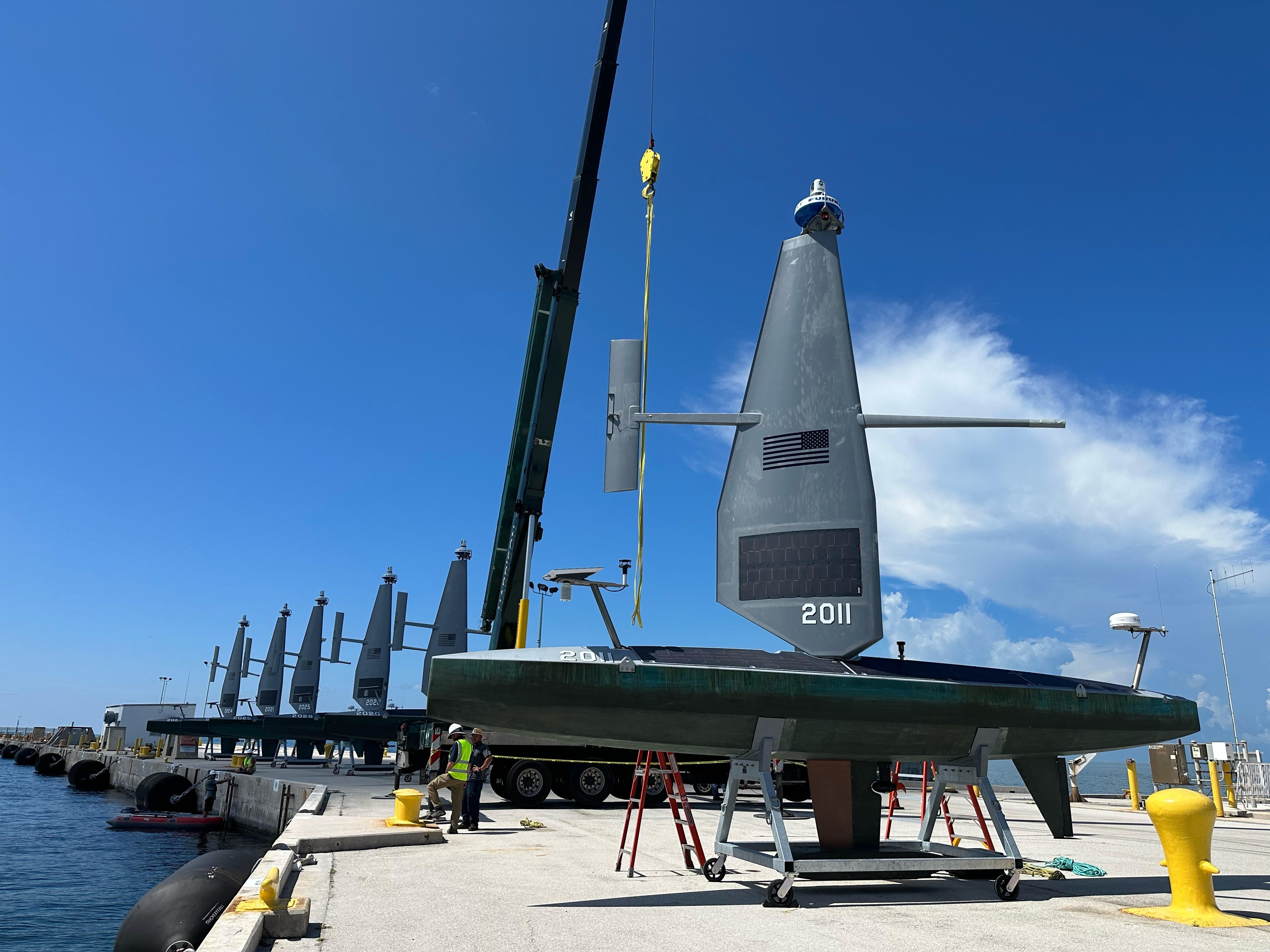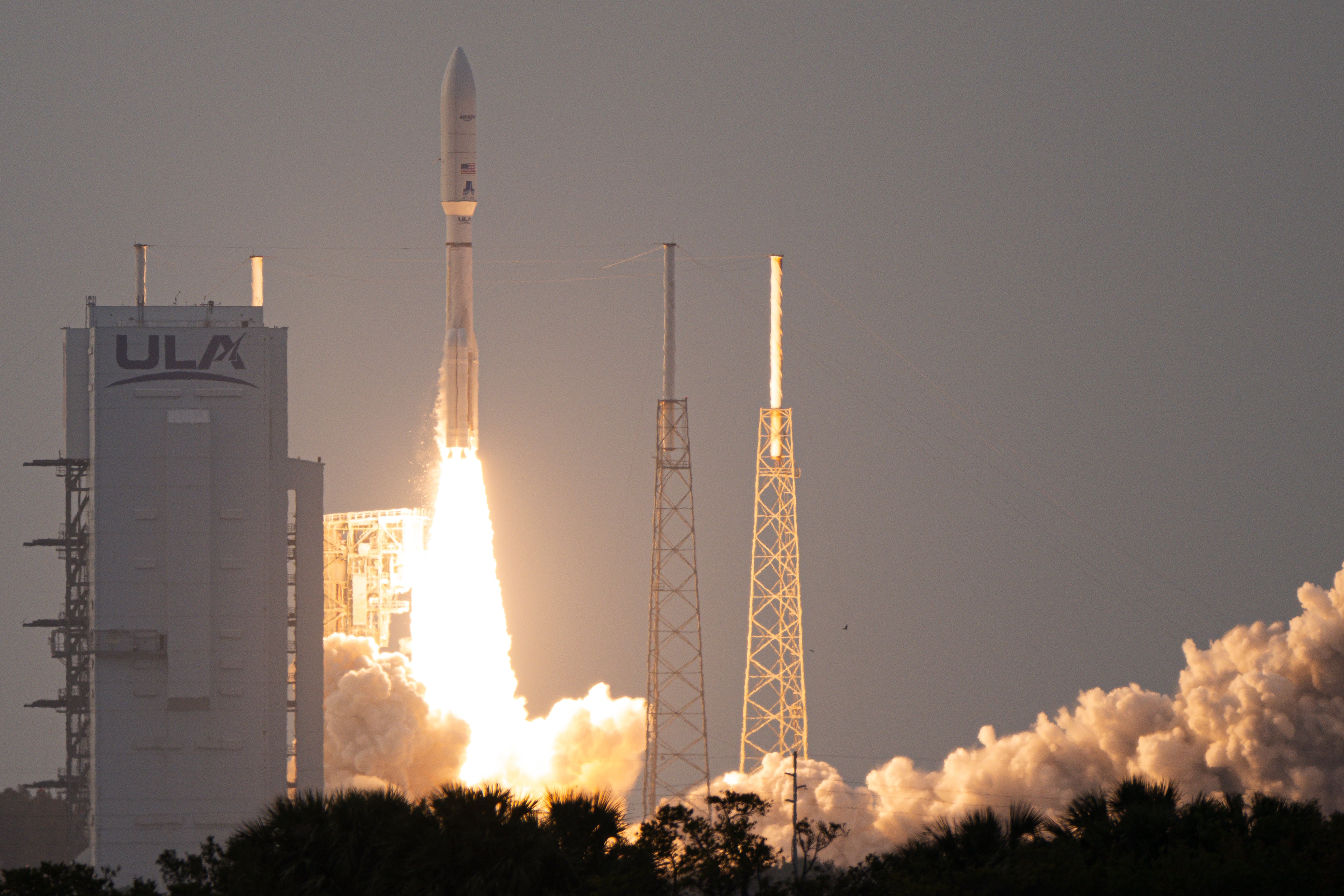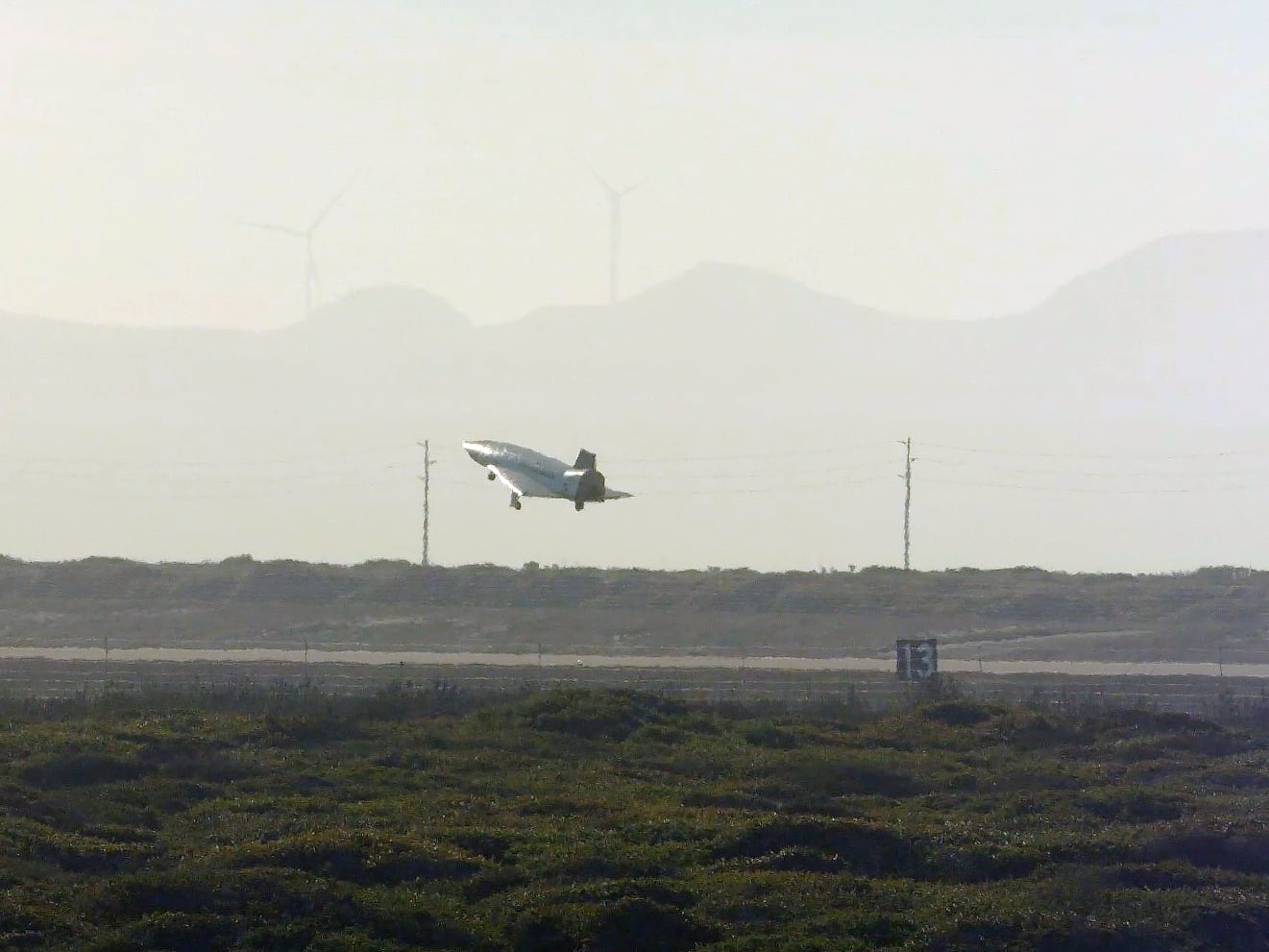Designing a drone body is about settling on the right compromise.
Multirotor drones excel at vertical lift and hover, while fixed wing drones are great at both distance and wide-open spaces. In February, Auterion Government Solutions and Quantum-Systems announced a two-pronged approach to the rotor- or fixed-wing drone market, with a pair of drones that use the same sensor packages and fuselage to operate as either the Scorpion Trirotor or the Vector fixed wing craft.
“As we started to develop our tactical UAS Platform, our plan was only to develop a VTOL fixed wing solution (like our Vector),” said Florian Siebel, managing director of Quantum-Systems. “During the development process we decided to build a Tri-Copter Platform as well, as a result of many discussions with law enforcement agencies and Search and Rescue Units.”
Adapting the fixed-wing fuselage to the tri-copter attachments means the drone can now operate in narrow spaces and harsh conditions. Scorpion, with the rotors, can fly for about 45 minutes, with a cruising speed of zero to 33 mph. Put the fixed wings back on for Vector, and the flight time is now two hours, with a cruising speed of 33 to 44 mph.
The parts snap into place without any need for special tooling, and Auterion recommends the drone for missions in rain or snow. Both platforms share a gimbal EO/IR with 10x optical zoom, 720p EO video, 480p IR video, laser illuminator, IR laser ranger. Common between modes is also a tactical mapping tool using a 21 megapixel Sony UMC R10C camera. For the scorpion, there’s also the option of a gimbaled electro-optical camera with a 30x optical zoom.
Both drones are designed to fit in rucksacks that a person can carry one at a time. While many features are common across Vector and Scorpion, the plan is not to include both rotors or wings in the same kit. Once a team packs into the field with a drone on its back, that’s the mode the drone can be used in.
Auterion intends to ship the drones by the fourth quarter of 2020, with preorders available.
Designing a drone body is about settling on the right compromise. Vector and Scorpion are built on top of open source code. This includes an operating system capable of programmable autopilot , as well as machine-vision collision prevention and obstacle detection and avoidance. Software for the ground station and cloud data management of the drone are also built on open source code. The Pentagon’s Defense Innovation Unit awarded Auterion a $2 million contract last year to work on the PX4 software to help drive compatibility standards in the drone industry.
As militaries across the world look to the enterprise sector for capable drones at smaller profile than existing military models, transparency in code and flexibility in airframe could become more widely adopted trends. In the meantime, there is Vector, and there is Scorpion.
Kelsey Atherton blogs about military technology for C4ISRNET, Fifth Domain, Defense News, and Military Times. He previously wrote for Popular Science, and also created, solicited, and edited content for a group blog on political science fiction and international security.








